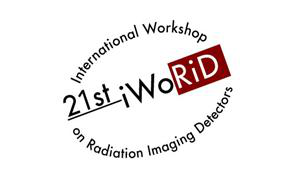Speaker
Description
The planned upgrade to the LHC at CERN, known as the HL-LHC (High Luminosity Large Hadron Collider) is designed to maximise the physics potential through a sizable increase in luminosity. Consequently, with the increase in expected radiation damage, readout rates and granularity, a complete re-design of the current inner detectors at ATLAS and CMS are being developed.
The RD53 collaboration was set up jointly by the ATLAS and CMS communities to focus on the development of the next generation hybrid pixel chips to replace the innermost layers of the particle trackers using 65 nm CMOS technology. The collaboration has produced a prototype RD53A chip, evaluating three approaches to the front end implementation, which address challenges in expected hit rate, data output bandwidth, power consumption and radiation tolerance.
This presentation will focus on the Total Ionising Dose (TID) radiation damage studies performed on bare chips at the environmental conditions expected during normal operation at the LHC. To date, six RD53A chips have been irradiated to the TID fluencies between 100 and 1000 MRads, with the simulated levels in the innermost layers of the ATLAS and CMS pixel detectors at the end of their life time being up to 500 MRads. The study will show the details of the TID irradiation effects of the periphery electronics and all three front end designs implemented on the prototype chip, both at room temperature and at -25 °C. The results from the study show promising performance beyond end-of-life ionising radiation doses with no severe degradation of the prototype chips. No significant changes in power consumption was observed up to 600 MRads. Noise increase was shown to be insignificant up to 500 MRads in all three front ends. The behaviour of the ring oscillators was also demonstrated to be consistent with simulations.
